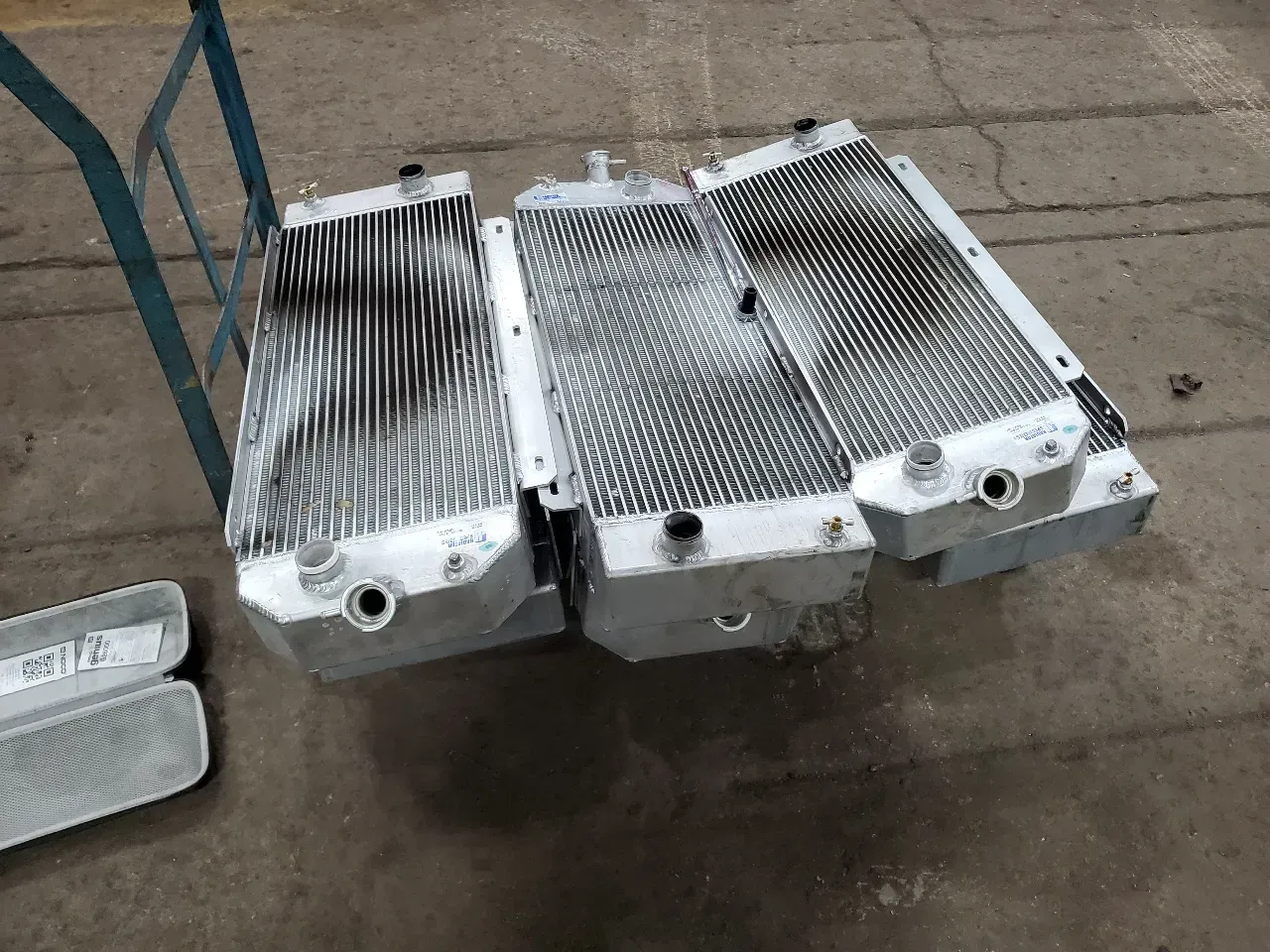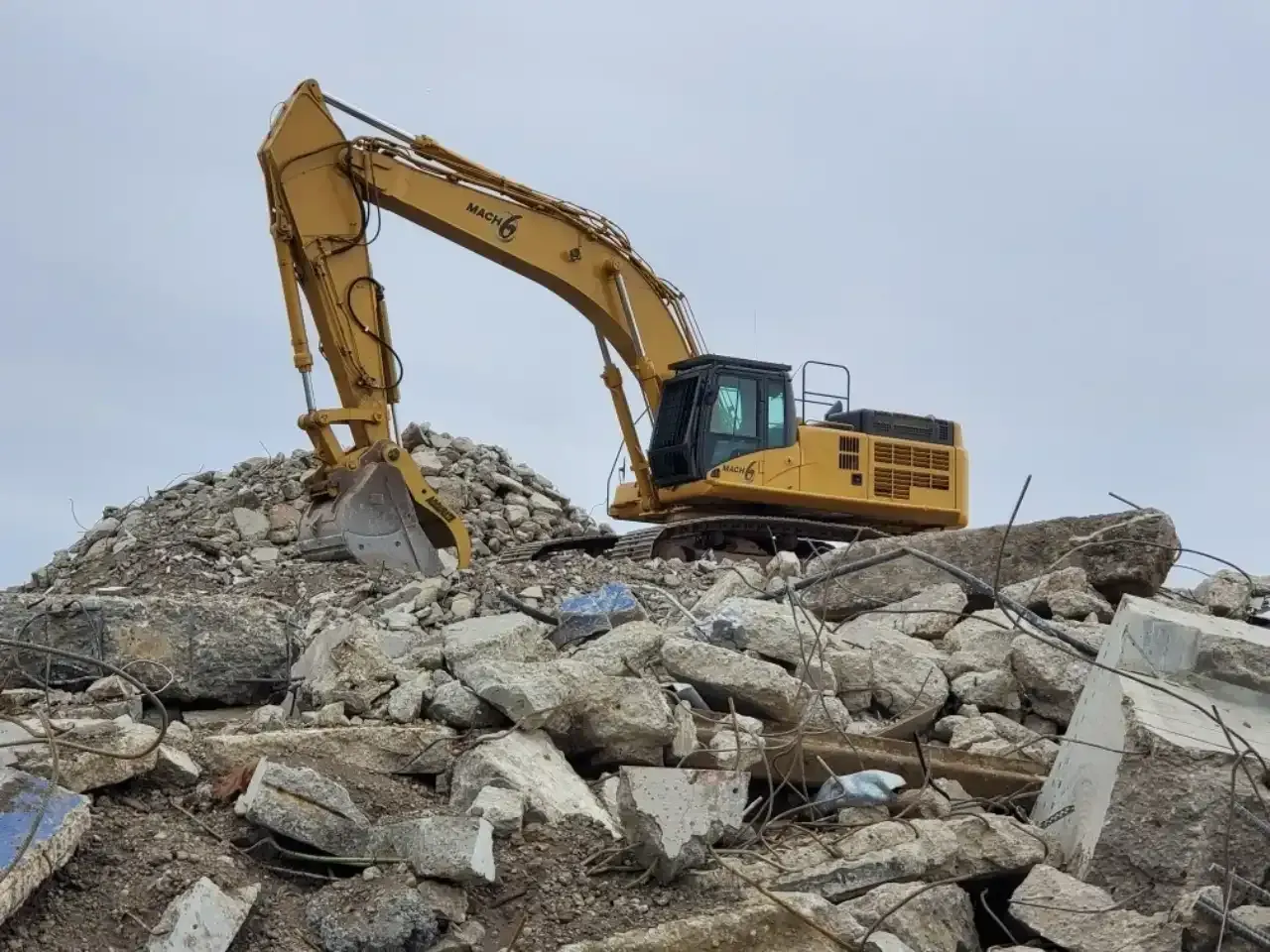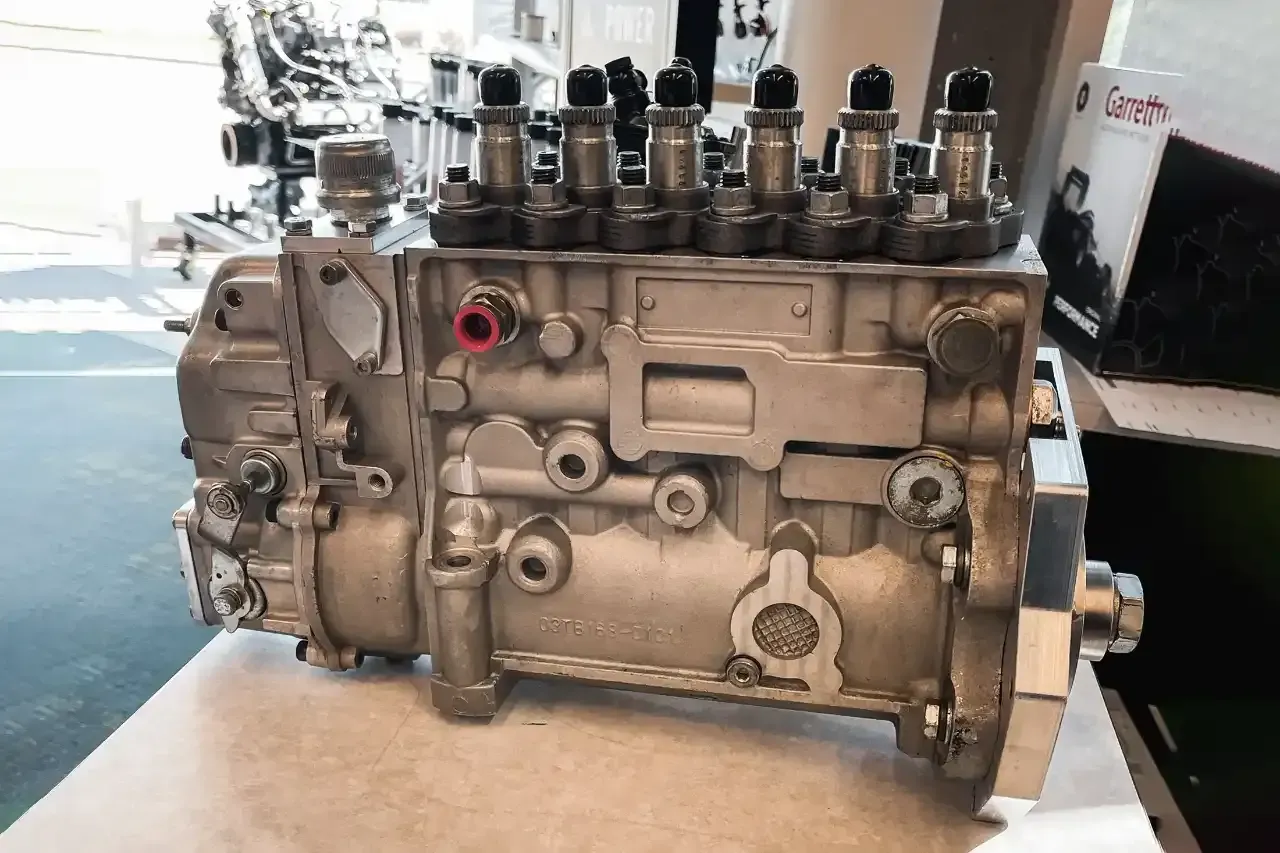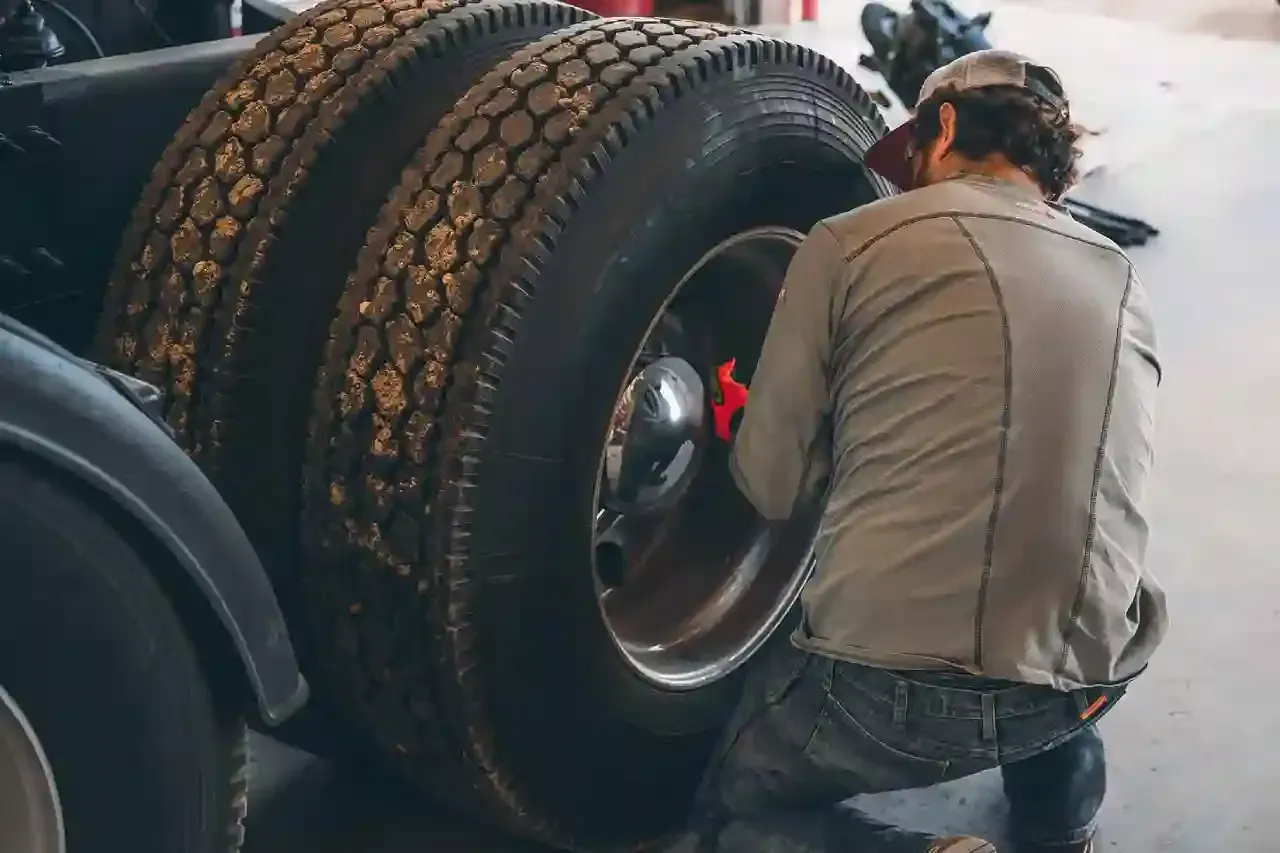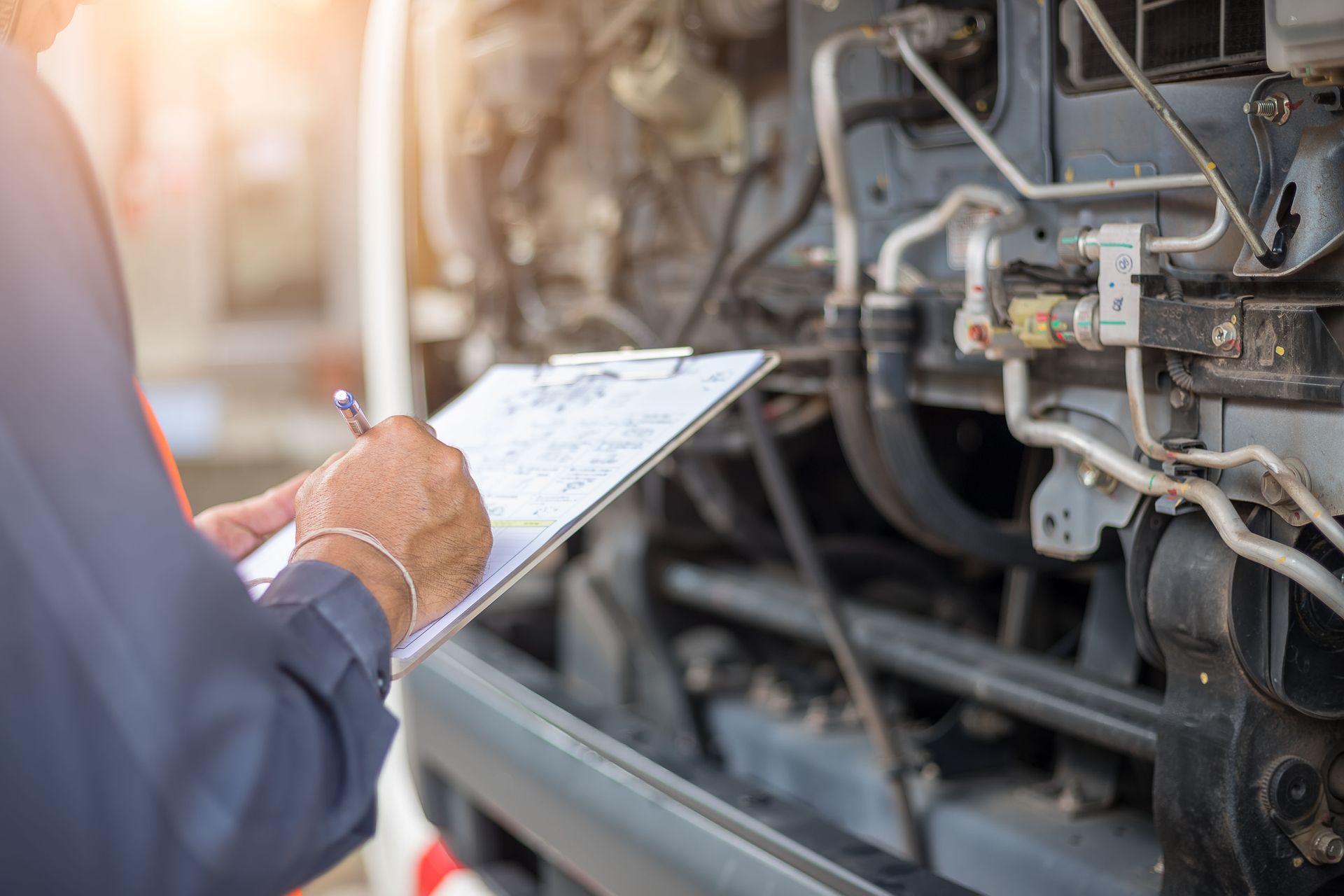Check Engine Light On? What Computer Diagnostics Can Tell You About Your Truck
At DT Services in Idaho Falls, ID, we know that a check engine light can set off a whirlwind of worries for semi-truck drivers. It’s more than just an annoyance – it’s a warning sign that something under the hood needs attention. But what exactly is going on in your truck? That’s where computer diagnostics come into play.
What Are Computer Diagnostics?
Computer diagnostics utilize a truck’s onboard computer system, known as the ECM (Engine Control Module), to monitor and control various components of your vehicle. The ECM is responsible for everything from fuel efficiency to engine performance. When a check engine light comes on, it’s often because the ECM has detected an issue. Through advanced diagnostic tools, we can access these error codes and pinpoint the exact problem.
Diagnostic tools are plugged directly into your truck’s onboard diagnostic port (commonly referred to as an OBD port). Once connected, these tools communicate with your truck’s ECM to retrieve codes related to the malfunctioning systems. Whether it's an issue with the engine, transmission, or emissions system, computer diagnostics allow us to find the root of the problem quickly.
What Causes the Check Engine Light to Come On?
One of the most common questions we get at DT Services is, “Why did my check engine light come on?” There are a number of reasons this might happen. The light can be triggered by minor issues, such as a loose fuel cap, or more serious concerns like an engine misfire or exhaust after-treatment system malfunction.
Your truck’s ECM constantly monitors various sensors and systems. If something doesn’t add up, it stores a trouble code in its memory and triggers the check engine light. Some of the most frequent causes we see include:
- Faulty oxygen sensors: These sensors monitor the oxygen level in the exhaust and help optimize the air-fuel mixture. A faulty sensor can lead to poor fuel economy and higher emissions.
- Exhaust Gas Recirculation (EGR) system issues: Problems with the EGR system can cause your engine to run hotter than it should, increasing NOx emissions.
- Turbocharger problems: A failing turbocharger can cause a reduction in power, increased fuel consumption, and poor engine performance.
- Faulty fuel injectors: Fuel injectors are responsible for delivering diesel fuel into the combustion chamber. If one isn’t working properly, it can lead to engine misfires or stalling.
How Does a Diagnostic Scan Work?
Another common inquiry from truckers is, “What happens during a diagnostic scan?” When you bring your truck in for diagnostics, we use specialized equipment to interface with your ECM. Here's how the process works:
- Connection to the OBD Port: We connect a diagnostic tool to your truck’s OBD port. This tool communicates with your ECM to retrieve stored trouble codes.
- Reading the Codes: Once connected, the tool reads the error codes stored in the ECM. Each code corresponds to a specific issue, such as a malfunctioning sensor or failing component.
- Analyzing the Data: Our technicians analyze the codes and cross-reference them with real-time data from the truck’s systems, such as fuel pressure, air-fuel ratios, and exhaust temperatures.
- Determining the Cause: With the data in hand, we can pinpoint the cause of the problem and recommend necessary repairs.
It’s important to note that not all error codes are the same. Some are critical, requiring immediate attention, while others may simply be a warning that something isn’t working as efficiently as it should.
Common Diagnostic Codes
Diagnostic codes come in two main categories: generic and manufacturer-specific. Generic codes (starting with P0, P2, or P3) are standardized across all vehicles, while manufacturer-specific codes (starting with P1) are unique to the truck's make and model. Here are a few common codes we encounter at DT Services:
- P0299 - Turbo/Supercharger Underboost: This code indicates that the turbocharger is not generating as much boost pressure as it should, which could lead to reduced power and performance.
- P0401 - Exhaust Gas Recirculation (EGR) Flow Insufficient: This code points to an issue in the EGR system, often due to clogged passages or a faulty EGR valve.
- P0200 - Injector Circuit Malfunction: A P0200 code signals that something is wrong with one or more of the fuel injectors, which can cause engine misfires and stalling.
What Should I Do When the Check Engine Light Comes On?
If your check engine light comes on, don’t ignore it. While your truck may still seem to run fine, delaying repairs could lead to more serious problems down the road. Here's what we recommend:
- Check for Obvious Issues: Sometimes the cause of the check engine light is simple, like a loose fuel cap. Double-check that everything is properly secured.
- Monitor Your Truck’s Performance: Pay attention to any changes in how your truck is running. If you notice a loss of power, strange noises, or poor fuel efficiency, it’s time to have it checked out.
- Schedule a Diagnostic Check: Bring your truck to DT Services in Idaho Falls, ID. Our technicians will perform a thorough diagnostic scan and help you understand what’s going on.
How Often Should I Get a Diagnostic Check?
We often get asked, “How often should I run a diagnostic check on my truck?” Ideally, you should run diagnostics whenever the check engine light comes on. However, it’s also a good idea to perform periodic checks as part of your regular preventive maintenance routine. Running diagnostics before a long haul can help you catch potential issues early and avoid interruptions on the road.
Don't Let a Check Engine Light Dim Your Journey
When that check engine light comes on, don’t panic. Instead, bring your truck to us for a computer diagnostic scan. Our technicians will read the codes, analyze the data, and recommend the best course of action to get you back on the road. After all, being proactive with diagnostics can save you from costly repairs and unwanted downtime. Whether it’s a simple sensor issue or a more complex system failure, we’ve got you covered.
